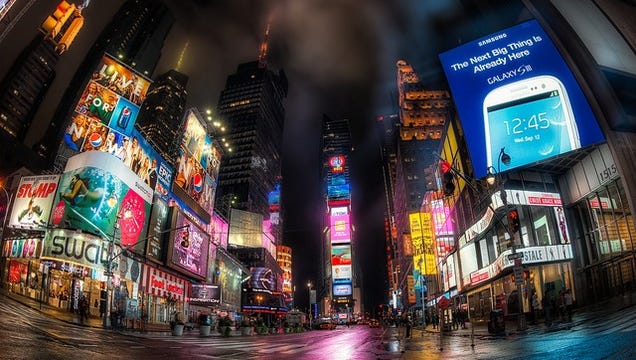As a teenager who uses social media platforms like Snapchat and Instagram, I see companies publicizing their product, unnecessarily I might add, all throughout both. For example, sometimes while I'm scrolling through Instagram, I happen to come across a cute, aesthetically pleasing photo, so I like it, naturally. But, I realize that the picture was sponsored by a certain company or brand after the fact. These companies and brands are like our parents: they try to be cool getting the latest updates, apps, clothing, etc., but it only makes the product less "cool." It's kind of selfish and conceited of us teens to think that certain trends are solely for us to make us look "cool" or "popular" or a "trend-setter." However, in reality these are used by everyone else, including your parents, family members, and friends. There's no use in trying to look cool and unique when everyone is trying to do or liking the same exact things as you.
But what is "cool"? It's hard to give it one definition when everyone has a different perspective on it depending on their interests and style. According to the advertisers in Merchants of Cool, "cool" means that you are ahead of the pack, a trend-setter. For me, it's not one specific definition or stereotype. I like to think that everyone has their version of cool. But, as I always like to say, "cool" is not in my mental dictionary. I'm not someone who's "trendy" or follows/praises Kylie Jenner over her new looks and interests. I just do me. And if people don't like that then....ok. You do you. That's what "cool" is to me. Not some pair of Air Jordan's, iPhone 7, or Kyle Jenner Lip Kit. People who love how they look and live and own it are the people that are the coolest to me. Whether you follow the latest trends or don't know the difference between Instagram and Facebook, it's how you rock it and own up to it that counts.http://www.pbs.org/wgbh/pages/frontline/shows/cool/view/







